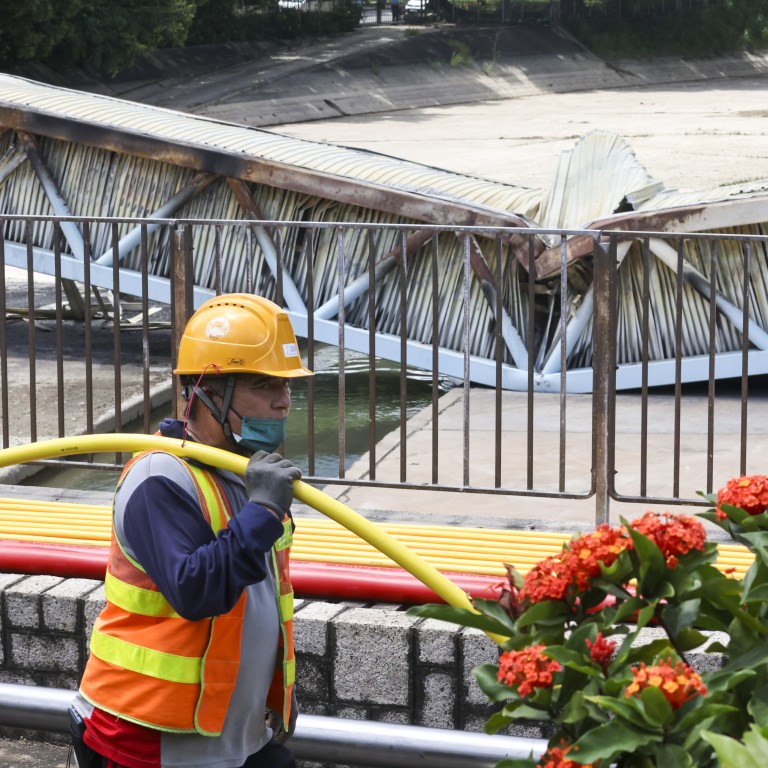
Investigation must shine light on reasons for rare blackout
- What people most want to know is how such a crisis can be prevented from happening again
Electricity is too easily taken for granted, especially in Hong Kong. The city’s two power companies have some of the world’s highest reliability levels. That readily explains the anger, confusion and concern felt by hundreds of thousands of people in the western New Territories when the biggest blackout for decades occurred. The government’s demand for a thorough investigation and measures to prevent a repeat are understandable.
Such disruption for so long and affecting so many people is unthinkable for Hongkongers. CLP had reported a reliability rate of 99.999 per cent, claiming the annual average unplanned power disruption per customer from 2018 to 2020 was less than a minute, compared to 15 to 20 minutes for people in New York, London and Sydney. A robust system, regular maintenance and improvement work and proactive monitoring are cited for the impressive figures. That explains why there are few objections to tariff increases.
Hong Kong depends on a secure power supply due to its high population density and reputation as an international financial centre. The need for uninterrupted internet and communications systems, rail networks to move workers quickly around the city, and lifts to get people to offices and homes in high-rise buildings, necessitate trustworthiness. Being so integral to everyday life, few of us give a second thought to electricity until it becomes unavailable.
Super typhoon Mangkhut in 2018 was the previous such occasion, cutting electricity to about 40,000 homes as strong winds and rain tore down power lines. Outages as a result of a natural disaster are to be expected, but Tuesday’s amid calm weather was less acceptable. Commuters were affected, people were trapped in lifts, a patient had to be transferred from Tuen Mun Hospital and travel on streets was dangerous without lights. With development plans in the area for hundreds of thousands more people under the Northern Metropolis strategy, sturdy infrastructure is essential.
There are understandable questions; what caused a fire that even affected backup cables and could supplies have been restored sooner? Reports in coming days will give answers. But what people most want to know is how such a crisis can be prevented from happening again.


